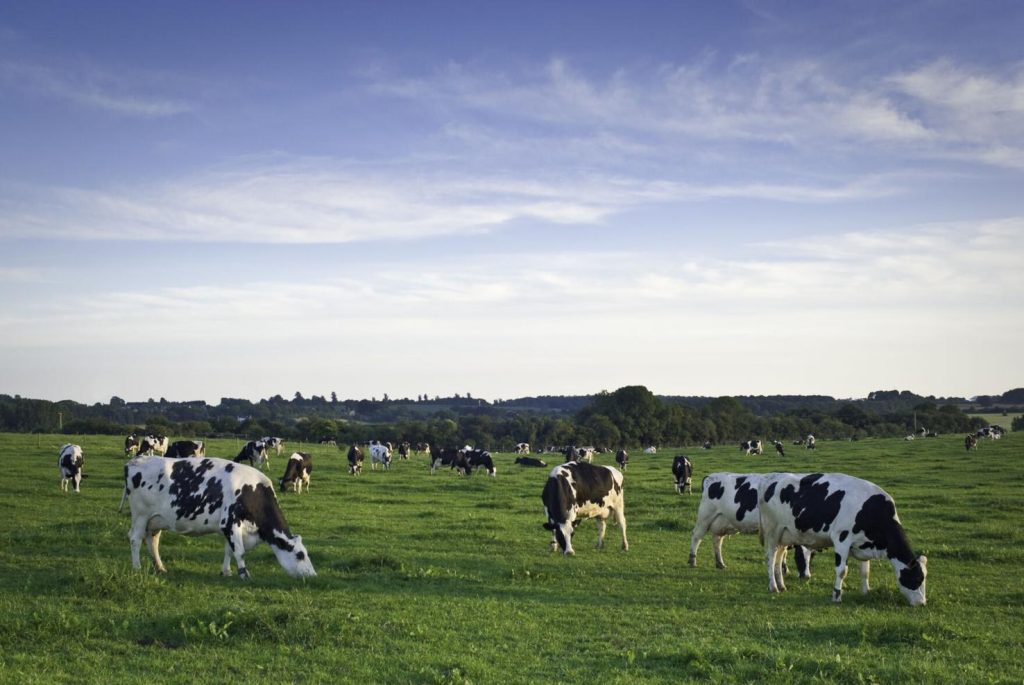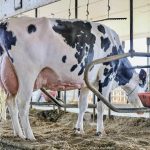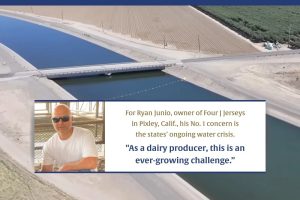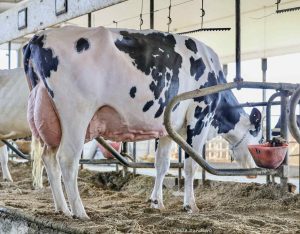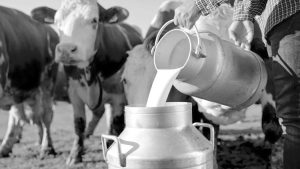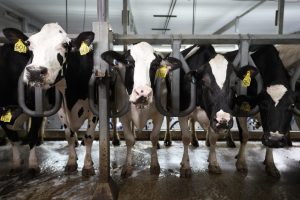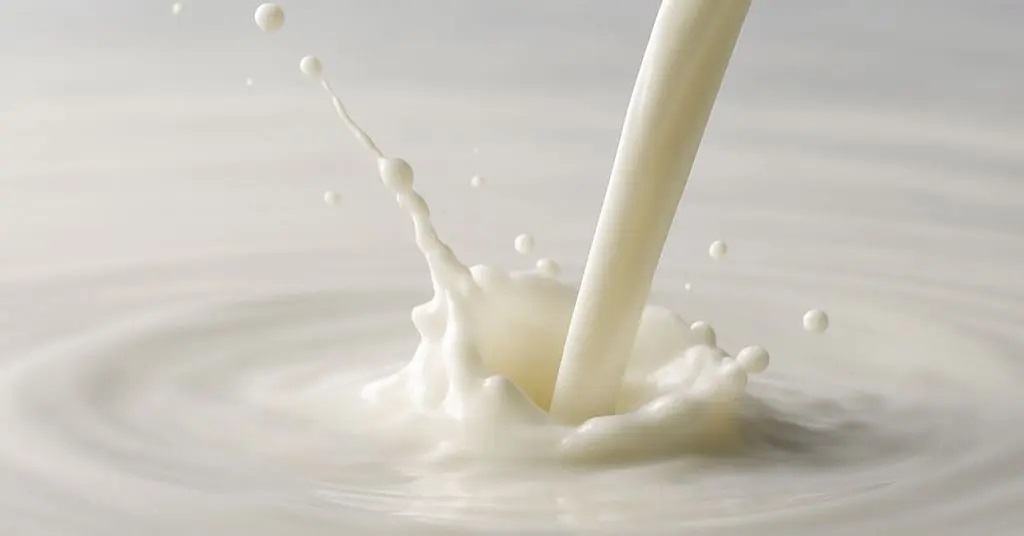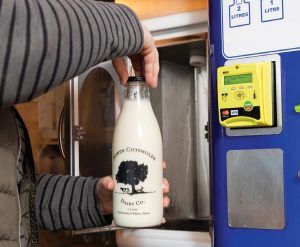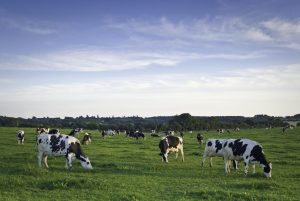
A CoBank analysis reveals a critical shortage of replacement heifers, raising concerns about future milk production and massive new processing investments.
The U.S. dairy industry is confronting a significant challenge as a key resource—its population of milk cows—is under threat. According to new research from CoBank, the number of replacement heifers available to join the herd has already plummeted to a 20-year low. The analysis forecasts that this decline could deepen over the next two years before a rebound begins in 2027, a major concern given the historic $10 billion in new dairy processing facilities set to come online during the same period.
The root of this problem lies in the shifting dynamics between the beef and dairy markets. For several years, soaring prices for beef calves and a tight cattle supply at a 75-year low provided a powerful economic incentive for dairy farmers to produce more beef calves. The article notes that during this period, raising dairy heifers was often a “money-losing proposition,” driving a strategic pivot that now has a clear consequence for the entire food supply chain.
The extent of this shift is highlighted by key data journalism. The article reveals that total U.S. beef semen sales nearly tripled from 2.5 million to 7.2 million units from 2017 to 2020. The trend continued dramatically in the following years. According to a new report from CoBank, of the 9.7 million units of beef semen sold in 2024, an astounding 7.9 million were purchased by dairy farmers, demonstrating the overwhelming preference to produce calves destined for the beef market.
Now, as the supply of dairy heifers has dwindled and their values have reached record highs—potentially climbing to more than $3,000 per head—the economics have shifted. Farmers are culling fewer cows and are changing their semen purchases to include more gender-sorted units to produce more dairy heifer calves. However, replenishing the supply is a slow process, as it typically takes over two years for a newborn heifer to enter the milking herd. According to CoBank economist Corey Geiger, the supply will be “tight” for new processing plants.
Ultimately, the U.S. dairy industry stands at a unique inflection point. The market for beef-on-dairy calves remains strong, contributing a larger share of farm profitability, yet the need to rebuild the dairy herd is more urgent than ever. The outcome of this strategic tension will determine whether the industry can meet the additional milk demand from new processing facilities, making this a crucial issue for all producers and analysts in global agribusiness to follow closely.
Source: Lancaster Farming, “Dairy Heifer Inventories to Shrink Until 2027 Rebound”
You can now read the most important #news on #eDairyNews #Whatsapp channels!!!
🇺🇸 eDairy News INGLÊS: https://whatsapp.com/channel/0029VaKsjzGDTkJyIN6hcP1K
